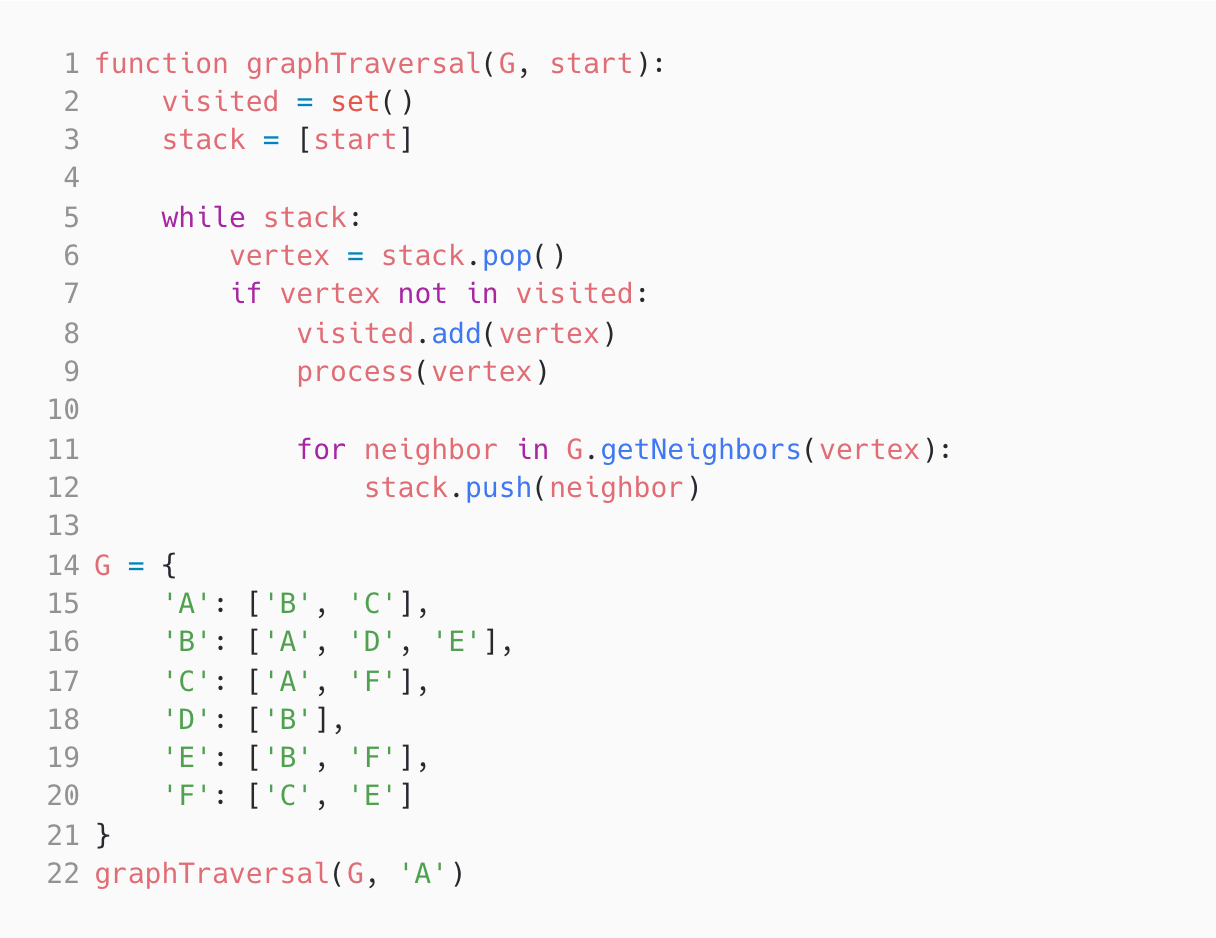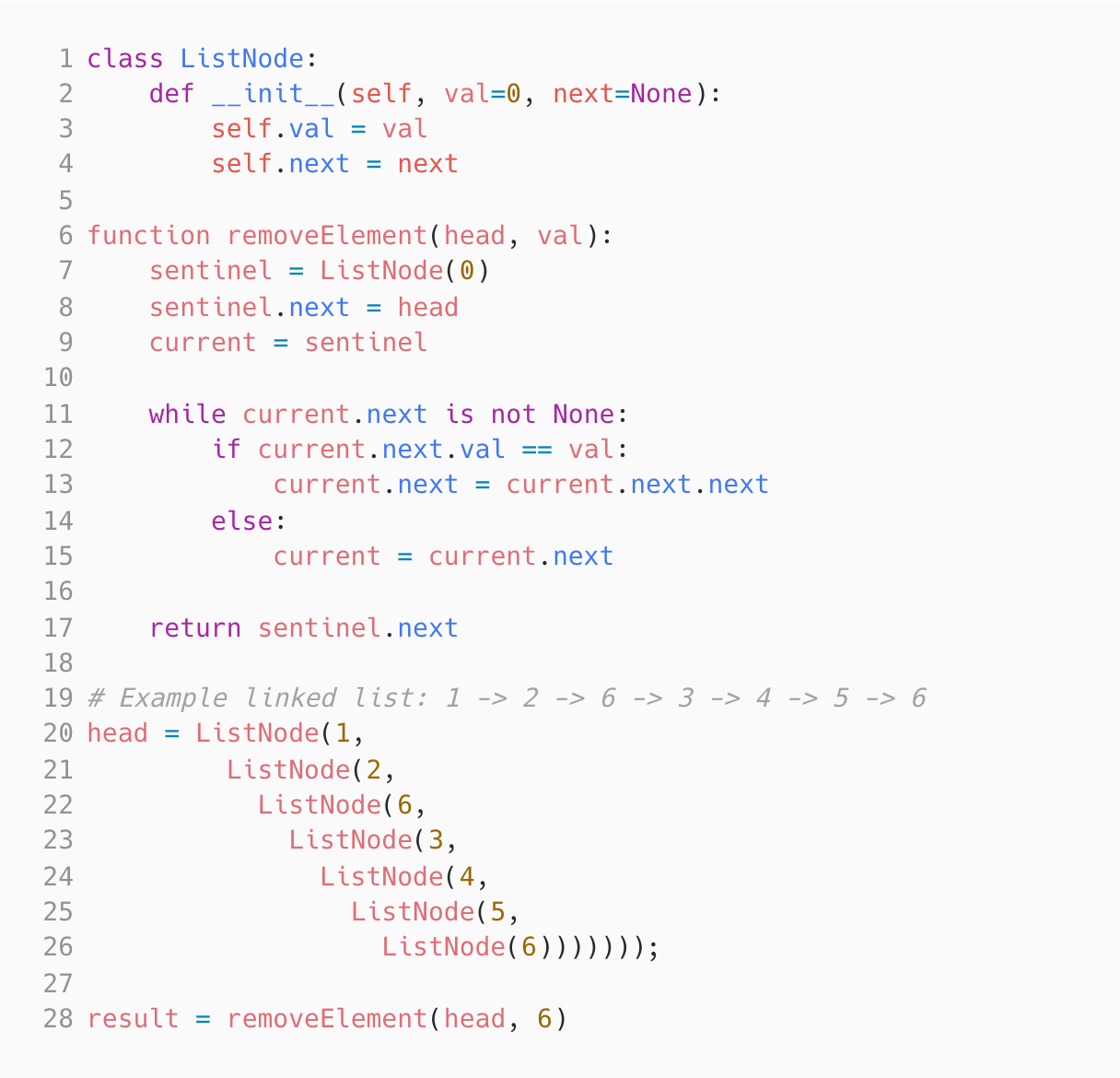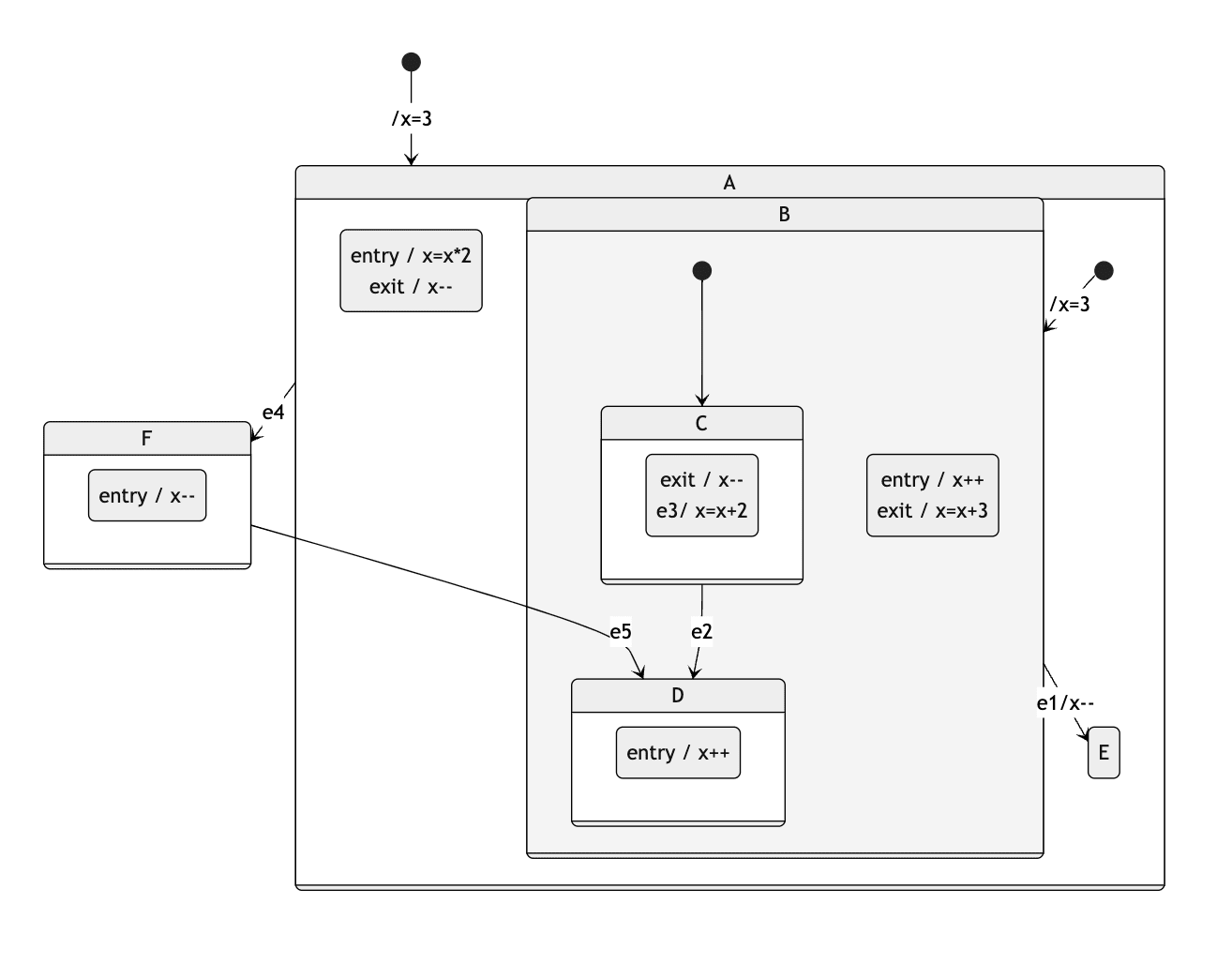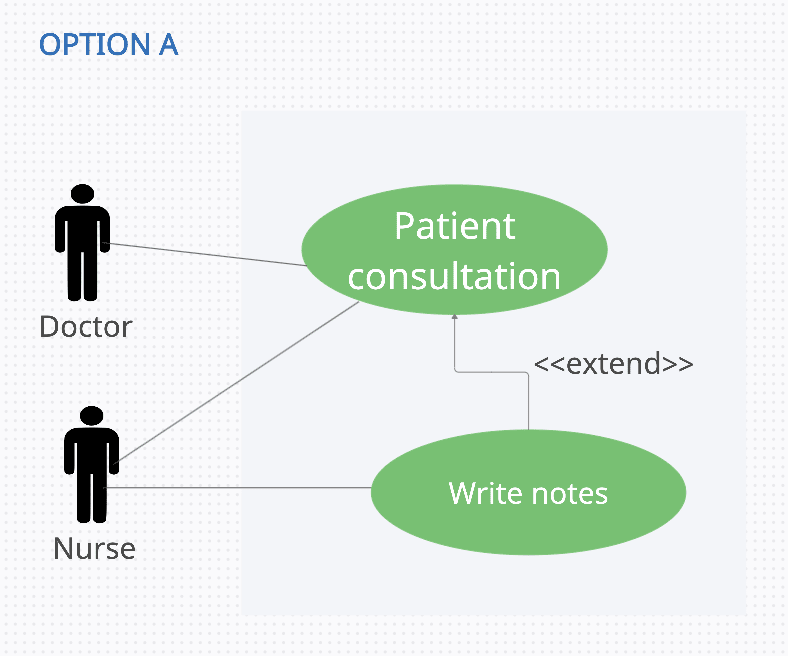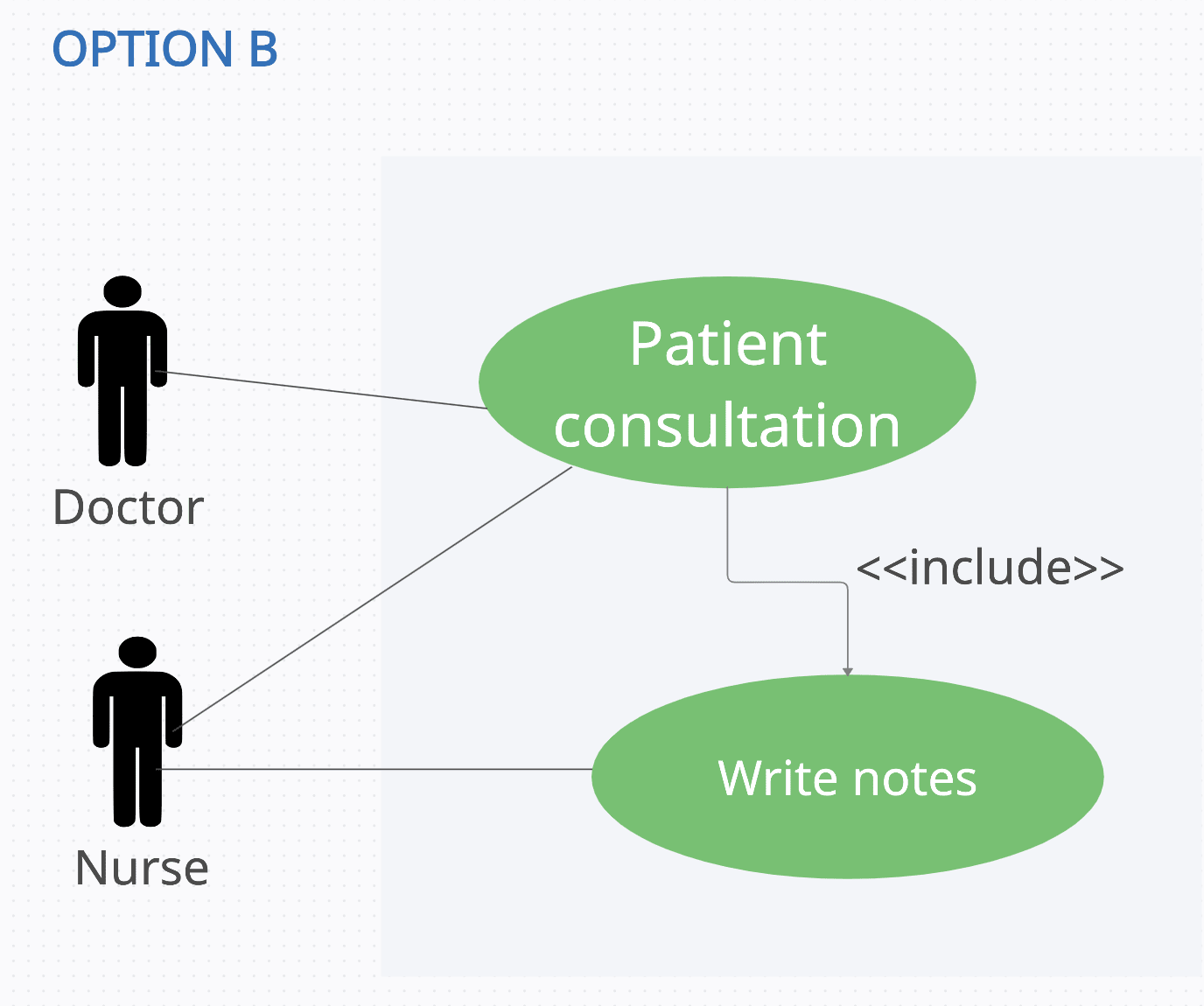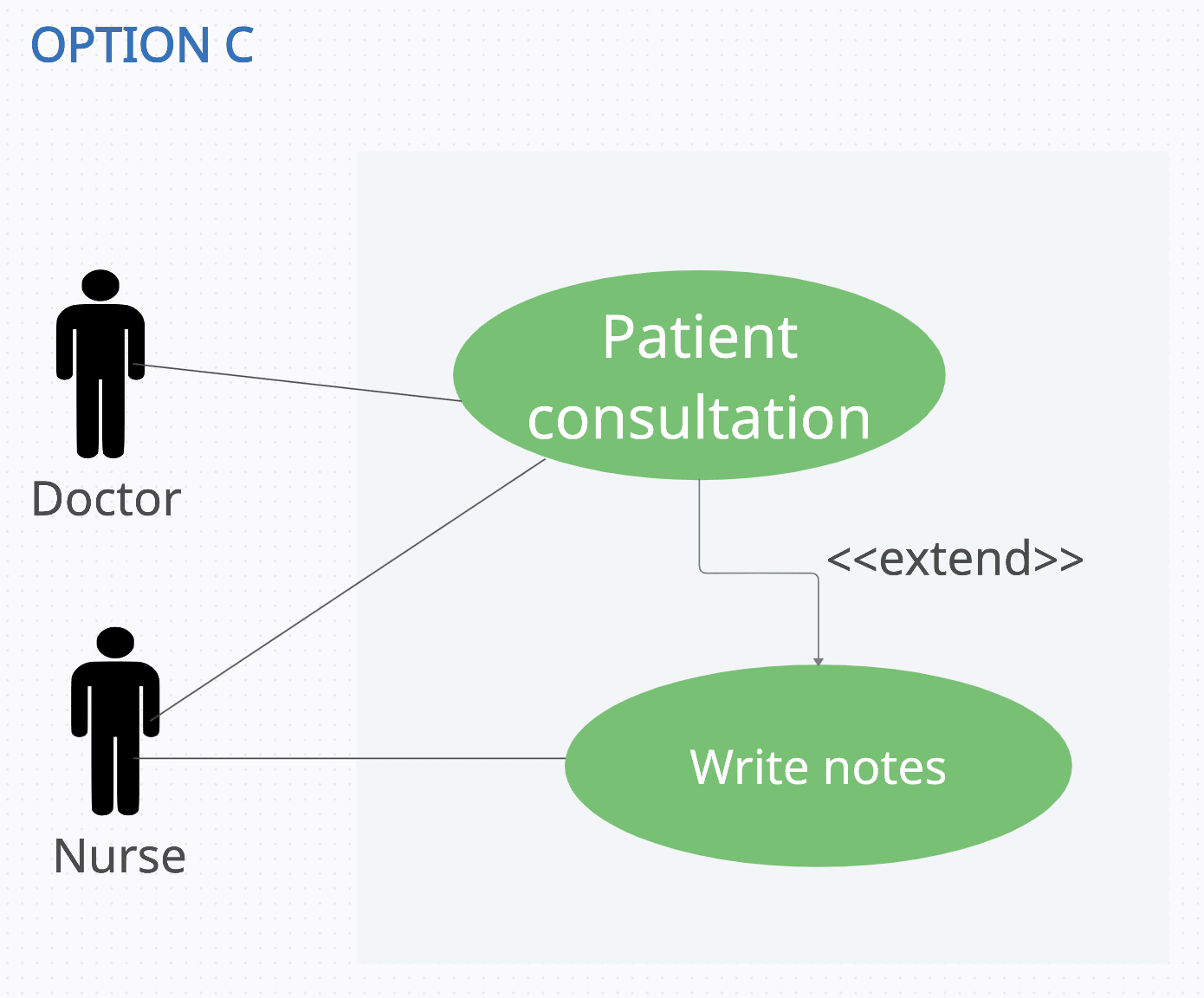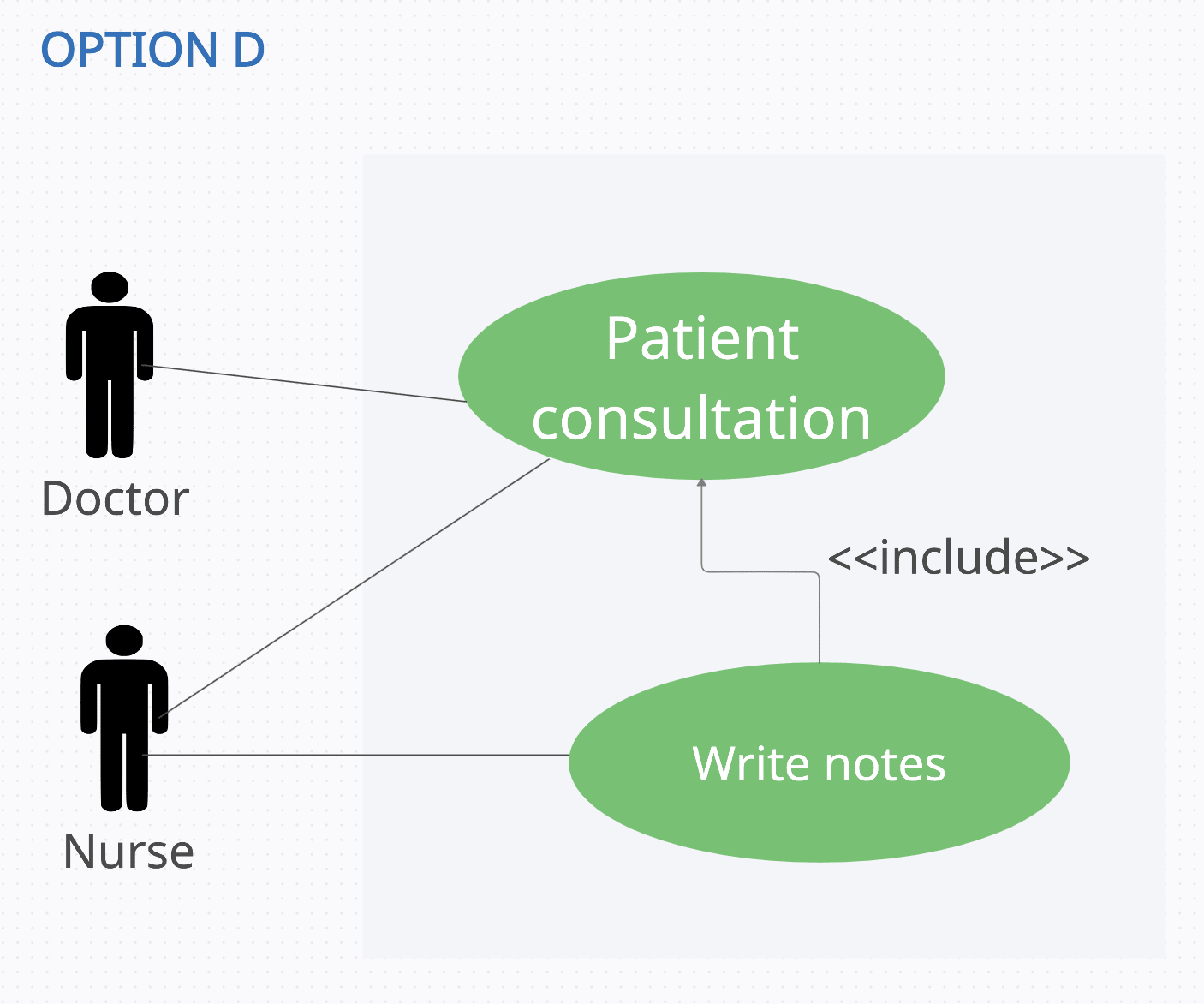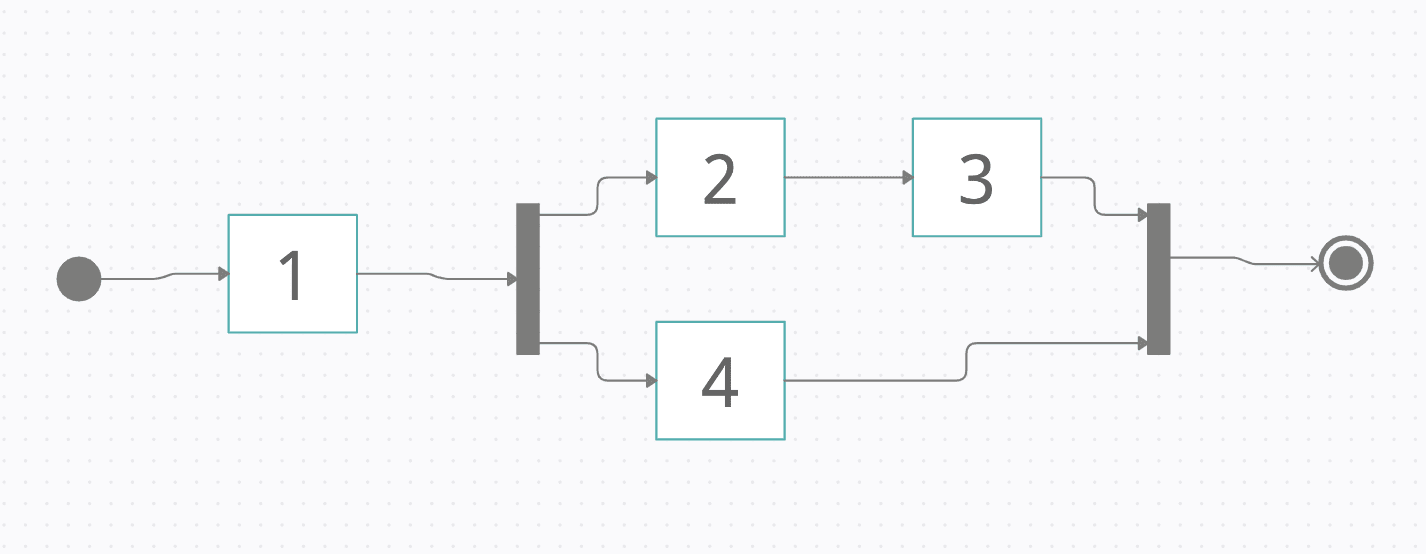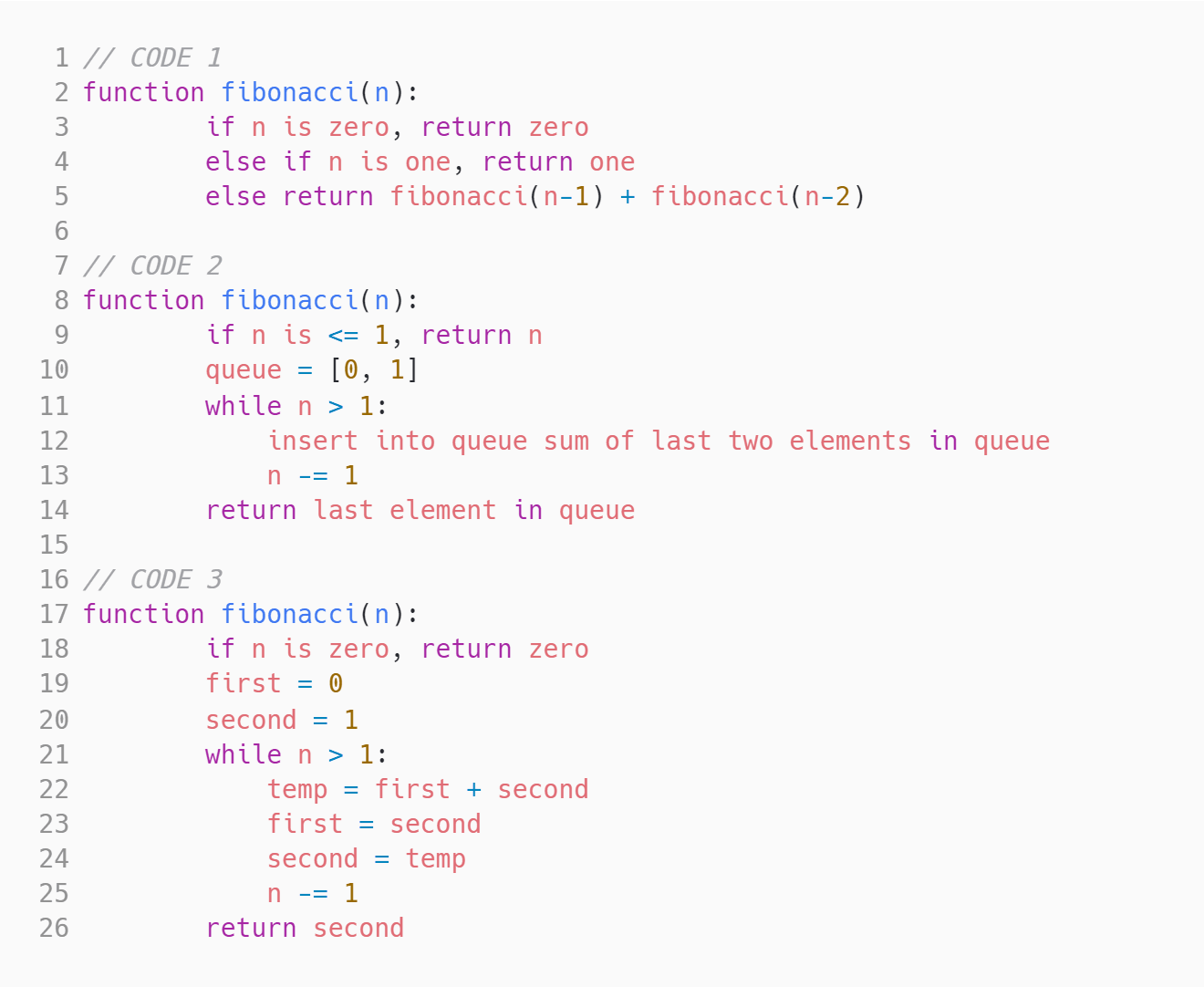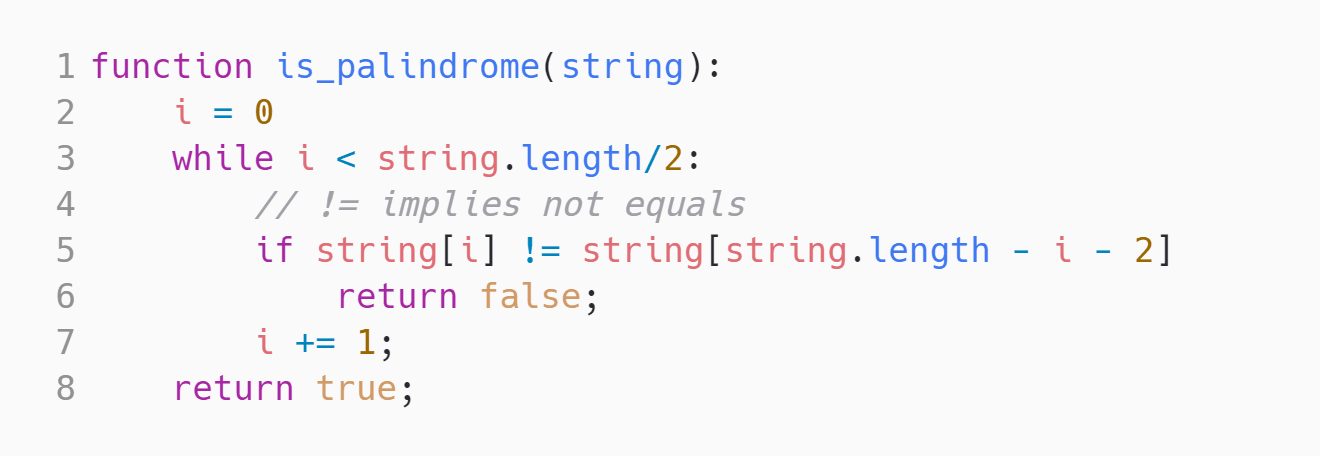Object-Oriented Concepts: Object-oriented concepts refer to the fundamental principles of object-oriented programming, such as encapsulation, inheritance, and polymorphism. Evaluating a candidate's understanding of these concepts is crucial as they form the basis of OOAD and are essential for designing scalable, maintainable, and robust software systems.
Use Case Modeling: Use case modeling is a technique used to identify and define the functional requirements of a system from the perspective of its users. It helps in understanding how users interact with the system and allows for the identification of different scenarios, ensuring comprehensive coverage of system functionality.
Class Modeling: Class modeling involves the identification and definition of classes, their attributes, and relationships in a software system. This skill is important to measure as it assesses the candidate's ability to design an effective class structure that accurately represents the system's entities and their interdependencies.
Interaction Diagrams: Interaction diagrams, such as sequence diagrams and collaboration diagrams, are used to visualize the dynamic behavior of a software system. Measuring this skill helps assess the candidate's proficiency in representing and analyzing the interactions between objects during runtime.
State Modeling: State modeling involves the identification and representation of different states that an object can transition through during its lifetime. Assessing this skill helps gauge the candidate's understanding of modeling state-based systems and their ability to design and manage complex state transitions.
Object-Oriented Design Principles: Object-oriented design principles, such as SOLID principles, help guide the design and development of software systems. Evaluating this skill is essential to determine the candidate's knowledge of these principles and their ability to apply them effectively in designing scalable and maintainable software systems.
Design Patterns: Design patterns are proven solutions to recurring design problems in software development. Measurement of this skill helps assess the candidate's familiarity with common design patterns and their ability to leverage them to solve design challenges and improve code modularity and reusability.
Architectural Design: Architectural design involves the high-level structuring and organization of a software system. Evaluating this skill is vital to determine the candidate's ability to design scalable, robust, and maintainable architectures that align with the system's requirements and business goals.



















